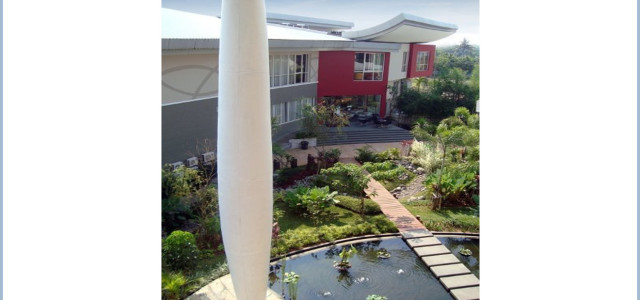We’re running out of water. The Sierra snowpack is at 12% of normal – the worst indicator in over fifty years for those that depend on it. A major drought is upon us.
No need to belabor the obvious. No doubt you already get the picture. But the silver lining here, if there is one, might be this: there’s nothing like imminent doom to pique our interest. Something has to be done. We’ll have to find ways to purify, conserve or re-use the water we’ve got, quickly, and on a massive scale—with a lot of help from our kids. So how can we support them in that endeavor? Tell them we need their help saving the world. Show them that we mean it. And teach them what they need to know. Here are some possible approaches and projects:
1. Prominently teach about water, and where it comes from, and why it matters. (Two reasons: 1. It makes up 98% of the human body, and 2. We can’t live without it.) Use project-based learning as much as possible. Make their successes tangible.
Some basic, introductory support materials include the following:
Check out Hank’s short, snappy crash-course introduction to the chemistry of water:
Or pay a visit to the U.S. Geological Survey on-line Water Science School put together a nice chart and various support materials for understanding the natural water cycle. (http://ga.water.usgs.gov/edu/)
2. Closer to home, test the water at school for impurities. Old schools, in particular, often find lead in their drinking. Make water-related technology used at school transparent – how is it pumped, filtered, delivered and disposed of? Is any of it wasted? How much water does a school use? Visit the local sewage treatment plant. Test out bottled versus tap water to see what differences exist, if any. Research local water sources. Check for pollutants, and sources, and what can be done about them.
3. Support competitions for water-related innovations between students, or schools, or communities – or establish partnerships, challenging rival groups to work together. Competitions could focus on reclaiming wastewater, improving drinking water, preserving wet lands, reducing pollution of waters, purification, desalinization or conservation.
4. Help students get excited about inventing solutions. Research devices already being developed, or already in use, elsewhere, involving water. Expose them to amazing, real-life inventors, such as the following:
Or consider Michael Pritchard, who used nanotechnology to purify seriously diseased water using his “Lifesaver Bottle.”
Especially seek out other student inventors, such as the brilliant, 14-year old, Deepika Kurup who have had some success. Deepika’s inexpensive solar-powered water purification device, with proper support and aggressive distribution, could dramatically change our world.
Students have always grumbled about the garbage-in garbage-out experience of rote learning. This should be refreshingly different. We can easily use this crisis to make their studies relevant, at last. There’s nothing like the end of life as we know it to spark a little interest.
(Photo credit, top of post: Fielding Nair International, Sinarmas World Academy)

No comments yet.
No one have left a comment for this post yet!